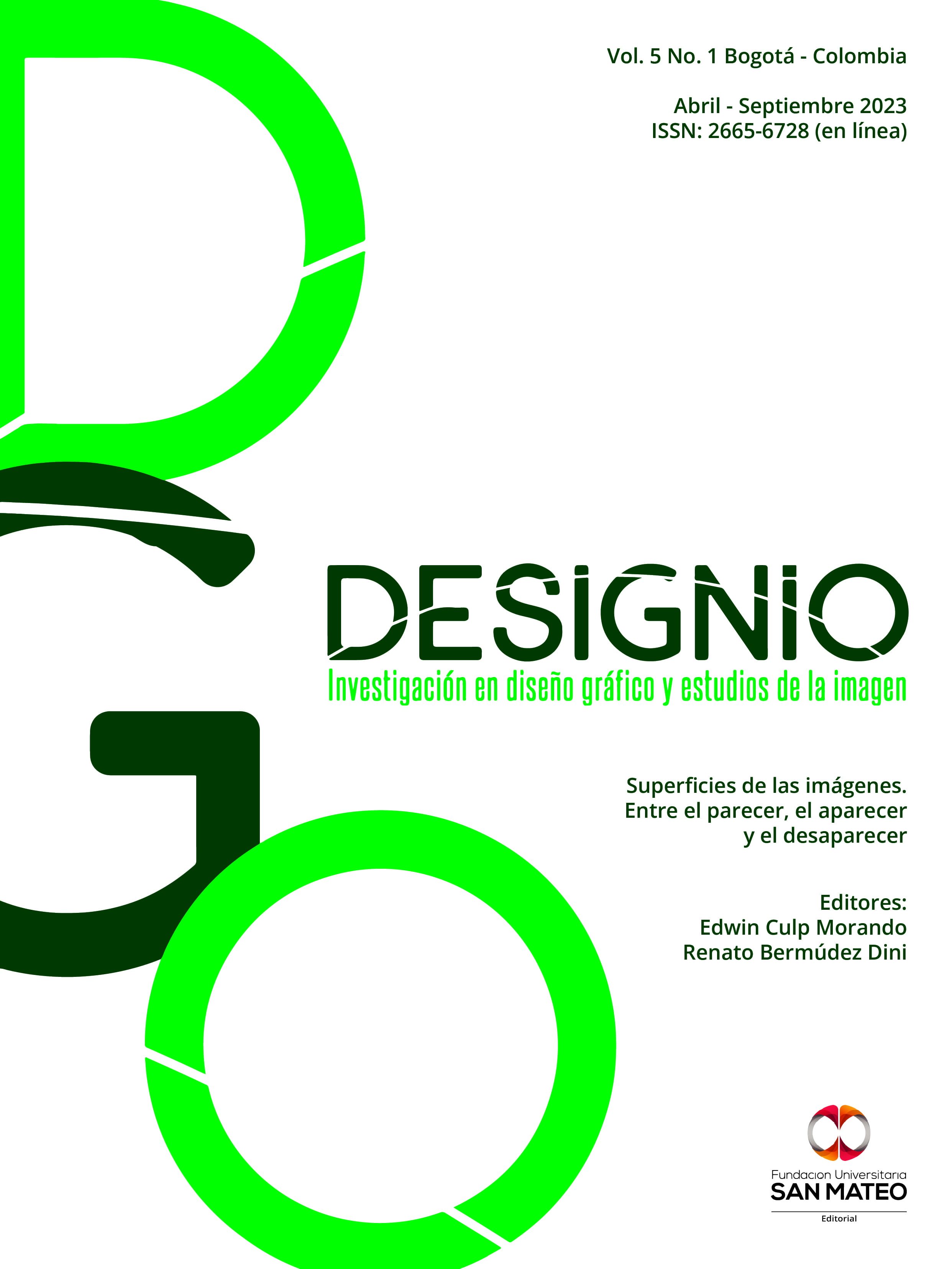To Interrogate Images Archaeology of the In/visible and Exercises of Potential History in Apiyemiyekî? Brasil, France and Portugal (2019) by Ana Vaz
Main Article Content
Abstract
The paper focuses on the analysis of the experimental film Apiyemiyekî? (2020) by the Brazilian director Ana Vaz, an exercise of re-montage of the Waimiri-Atroari archive, produced during the literacy exercises of Egídio and Dorothy Schwade, conducted in 1985. To accomplish this, the article proposes the approach from the theoretical and methodological perspective of visual studies, which allows the contextualization of this work in the broader framework of experimental audiovisual production in Latin America. In the same way, we review the types of articulations of meaning present in the mentioned work and the way in which they carry out a critical restructuring of the history of the genocide of the Waimiri-Atroari indigenous people between 1967 and 1979, during the period in which the construction of the BR-174 highway, the main communication route between Manaus (Amazonas) and Boa Vista (Roraima), was carried out. Finally, the paper concludes with a brief reflection on the importance of working with archives in the context of contemporary Latin American audiovisual works and their repercussions in the reconfiguration of collective memory, as well as for the creation of other histories that present themselves as critical alternatives to the elaborations of hegemonic historical discourses.
Downloads
Article Details

This work is licensed under a Creative Commons Attribution-NonCommercial-NoDerivatives 4.0 International License.
References
Azoulay, A. (2014). Historia potencial y otros ensayos. CONACULTA.
Azoulay, A. (2019). Potential History. Unlearning Imperialism. Verso.
Cárcel, I. y Monsell, J. (2022). Los restos documentales del perpetrador: imágenes y textos. Thémata. Revista de Filosofía, (65), 10–35. https://doi.org/10.12795/themata.2022.i65.01
Comite da Verdade do Amazonas. (2012). 1° Relatório do Comitê Estadual da Verdade o Genocídio do Povo Waimiri-Atroari, Manaos, Brasil. http://www.dhnet.org.br/verdade/resistencia/a_pdf/r_cv_am_waimiri_atroari.pdf
Chakrabarty, D. (2000). Provincializing Europe: Postcolonial Thought and Historical Difference. Princeton University Press.
Didi-Huberman, G. (2018). Pueblos expuestos, pueblos figurantes. Manantial.
Foster, H. (2004). An Archival Impulse. October, 110, 3-22.
Freire, P. (2005). Pedagogía del oprimido. Siglo XXI Editores.
Mari, M. (2018). Arte pop, arte conceptual y el golpe militar en Brasil (1964-1970). Estudios sobre las Culturas Contemporáneas, 14(48), 85-99. https://www.redalyc.org/journal/316/31657676004/31657676004.pdf
Martins, L. (2018). The Long Roots of Formalism in Brazil. Brill.
McGoff, J. (2020, enero 26). IFFR 2020: Apiyemiyeki? de Ana Vaz. Desistfilm. https://desistfilm.com/iffr-2020-apiyemiyeki-de-ana-vaz/
Ortega, M. y Rosauro, E. (2012). Temporalidades en conflicto: cuerpo y desaparición en las prácticas artísticas contemporáneas en Argentina. Historia y Memoria, (4), 93-140. https://www.redalyc.org/articulo.oa?id=325127480004
Prazeres, L. (2013, junio 11). Brazil — Waimiri-Atroari Indigenous Massacre. Latin American Bureau. https://lab.org.uk/brazil-waimiri-atroari-indigenous-massacre/
Rancière, J. (2013). Figuras de la historia. Eterna Cadencia.
Russell, C. (2018). Archiveology: Walter Benjamin and Archival Film Practices. Duke University Press.
Vaz, A (2020). Apiyemiyekî? Manifesto [Película]. Olivier Marboeuf, Annemiek van Gorp, Anže Peršin.
Videsott, L. (2008). Os Candangos. RISCO. Revista de pesquisa em arquitetura e urbanismo, (7) 1, 21-38. https://doi.org/10.11606/issn.1984-4506.v0i7p21-38

